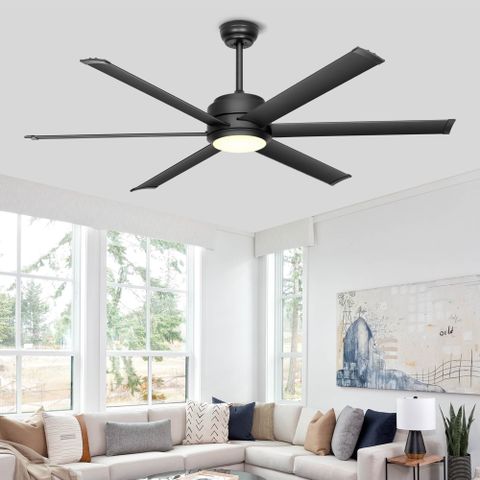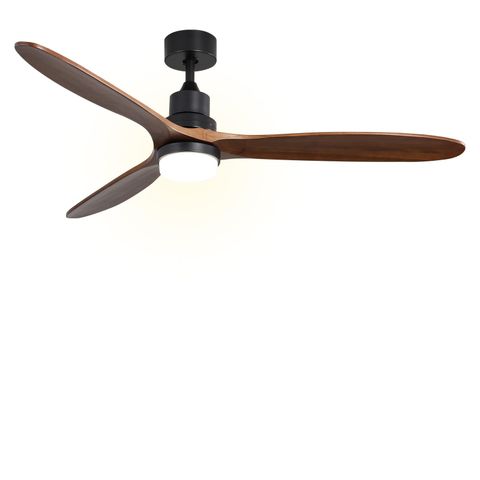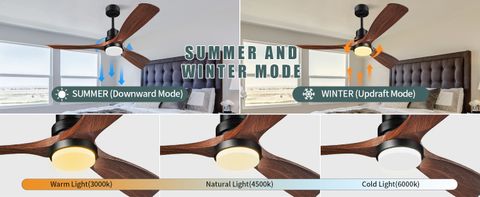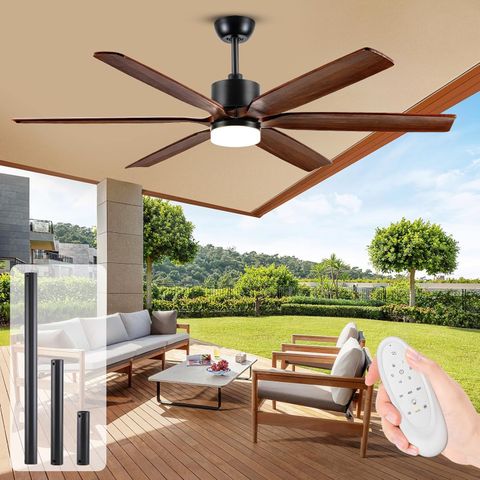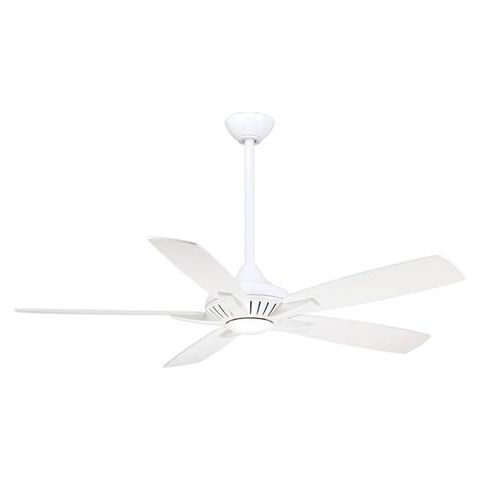Picture this: It’s a sweltering summer evening, and you’re relaxing on your patio. The breeze is just right, but there’s one small problem – you’re tired of manually turning off your fan every time you want to head inside. What if you could set it to automatically shut off after a certain time? That’s exactly what built-in timer controls can do for your outdoor fan. These smart features can transform your outdoor living experience, making it both more convenient and energy-efficient.
When it comes to outdoor spaces, comfort isn’t just a luxury – it’s a necessity. Whether you’re entertaining guests, enjoying a quiet evening, or simply trying to stay cool while working in your garden, having the right outdoor ceiling fan can make all the difference. But not all fans are created equal. Today we’re diving into the world of outdoor ceiling fans that come equipped with built-in timer controls. These aren’t just fancy gadgets – they’re practical solutions that can enhance your outdoor lifestyle while saving you money and effort. Think about it: how often have you forgotten to turn off your outdoor fan? Or worse, left it running all night when you forgot to check? Timer controls eliminate those problems entirely.
Understanding Outdoor Fan Basics
Before we get into timers, let’s cover the fundamentals of outdoor ceiling fans. These aren’t your typical indoor fans – they’re built tough for the elements. You’ll want to look for fans rated for outdoor use, which means they’re designed to handle humidity, rain, and temperature changes. The blades themselves are usually made from materials like aluminum, plastic, or composite materials that won’t warp or fade in the sun.
Most outdoor fans range from 42 to 60 inches in blade span, with larger sizes better suited for bigger spaces. A 42-inch fan works great for smaller patios, while 52 or 60-inch models are ideal for expansive decks or covered porches. The motor is another crucial element – look for motors specifically designed for outdoor use, as they tend to be more durable and efficient than standard indoor motors.
Let’s talk about airflow. Outdoor fans need to move enough air to provide real cooling effect. This typically means between 3,000 and 6,000 cubic feet per minute. A good rule of thumb is to match the fan size to your space – smaller rooms need less airflow, while larger areas require more robust movement. The number of blades also matters, though most modern outdoor fans feature three blades for optimal balance and efficiency.
The Timer Control Revolution
Timer controls have become game-changers for outdoor fans. They allow you to set the fan to run for a predetermined amount of time before automatically shutting off. This might sound simple, but it’s actually quite transformative for daily life. Imagine setting your fan to run for two hours during your evening gathering, then automatically turning itself off when you’re ready to call it a night.
There are several types of timer controls available. Manual timers require you to physically adjust the settings each time you use the fan. These are typically dial-based and offer basic time settings like 15, 30, or 60 minutes. More sophisticated electronic timers provide digital displays and can be programmed for specific times of day. Some even offer multiple timing options for different scenarios.
Smart timer controls represent the cutting edge. These fans connect to your home Wi-Fi network and can be controlled via smartphone apps. You can schedule them to turn on and off remotely, adjust settings from anywhere, and even receive notifications when they’ve completed their cycle. While these are more expensive, they offer unparalleled convenience.
Key Features to Look For
When shopping for an outdoor fan with timer capabilities, pay attention to these essential features:
• Weather resistance rating: Look for IP ratings of at least IP44, which protects against water splashes and dust. Higher ratings like IP65 offer even better protection.
• Motor quality: Motors designed for outdoor conditions are more reliable and long-lasting. Look for fans with sealed motors or motors specifically labeled for outdoor use.
• Blade material: Aluminum blades resist rust and fading, while plastic blades are lightweight and affordable. Composite materials offer a balance of durability and aesthetics.
• Mounting hardware: Outdoor fans need secure mounting systems that can handle wind loads and weather stress. Check that the mounting bracket is appropriate for your ceiling type.
• Light fixture compatibility: Many outdoor fans also include lighting options. Make sure the timer function works seamlessly with any lights you plan to use.
• Energy efficiency: Fans with Energy Star certification use less electricity while providing the same performance. This can lead to significant savings over time.
Installation Considerations
Installing an outdoor fan with timer controls requires some special considerations that differ from indoor installations. First, you’ll need to ensure your electrical setup can handle the fan’s requirements. Most outdoor fans need a dedicated circuit to prevent overloading.
The mounting location is critical. You want to avoid areas where branches might hit the blades or where strong winds could cause issues. Additionally, consider the height – fans should be installed at least 7 feet above the ground for safety reasons. If you’re installing near a pool or wet area, make sure all electrical connections are properly sealed.
Many fans come with detailed installation instructions, but if you’re not comfortable with electrical work, hiring a professional electrician is always a safe choice. The timer controls themselves are usually straightforward to set up, but getting the fan securely mounted and wired properly requires some technical know-how.
Don’t forget about accessibility when planning your installation. You’ll want to be able to easily reach the timer controls for adjustments, especially if you’re using a manual timer system.
Maintenance and Longevity
Outdoor fans face harsher conditions than their indoor counterparts, so proper maintenance becomes even more important. Regular cleaning helps extend the life of your fan and keeps it performing efficiently. Remove dust and debris from blades at least once a month, especially before peak summer months.
Check the timer mechanisms periodically to ensure they’re functioning correctly. With mechanical timers, wear and tear can affect accuracy over time. Electronic timers may require firmware updates or battery replacements.
Proper lubrication of moving parts helps prevent squeaks and ensures smooth operation. Most manufacturers recommend checking lubrication annually, particularly in humid climates where corrosion can occur.
Weather-related damage is always a concern. During severe weather events, consider removing or securing fans that aren’t rated for high winds. Even the best outdoor fans can suffer damage from extreme conditions.
Keep records of maintenance activities and any repairs. This helps you track performance over time and makes it easier to spot potential issues before they become major problems.
Cost-Benefit Analysis
Outdoor fans with timer controls vary widely in price, from around $100 for basic models to $500+ for premium smart fans. The investment pays off through energy savings and convenience, but it’s worth considering what you really need.
Basic timer fans typically cost between $150-$300. These offer reliable performance and simple scheduling options. They’re perfect for casual users who want to reduce the hassle of manually turning fans on and off.
Mid-range fans with digital timers cost approximately $300-$500. These often include additional features like remote controls, variable speed settings, and improved weather resistance. They’re ideal for regular users who want more control and customization.
Premium smart fans start around $500 and can exceed $1,000. These offer app connectivity, voice control compatibility, and advanced scheduling features. They’re perfect for tech-savvy homeowners who want maximum convenience.
Consider your usage patterns when deciding on a budget. If you use your outdoor space infrequently, a basic timer fan might be sufficient. However, if you spend many evenings outdoors, the convenience and energy savings of a more advanced system could justify the higher cost. The timer alone can save you 10-15% on electricity bills compared to leaving fans on continuously.
Choosing the right outdoor ceiling fan with built-in timer controls isn’t just about picking something that looks good. It’s about finding a solution that fits your lifestyle, your space, and your needs. Whether you’re looking for simple manual timers or sophisticated smart systems, the key is understanding what features matter most to you.
Think about your outdoor habits. Do you entertain frequently? Are you someone who likes to leave fans on for extended periods? How much maintenance are you willing to perform? Answering these questions will help narrow down your choices significantly.
Remember that a good outdoor fan is an investment in your comfort and convenience. It’s not just about keeping cool – it’s about creating a space where you actually want to spend time. The timer function removes one more thing to worry about, letting you focus on enjoying your outdoor environment instead of managing equipment.
Take your time with the selection process. Look at reviews, compare features, and consider what will work best in your specific situation. A well-chosen outdoor fan with timer controls can transform your patio from a place to pass through to a true extension of your living space. You’ll find yourself spending more time outside, enjoying the fresh air, and appreciating the thoughtfulness behind your choice.

